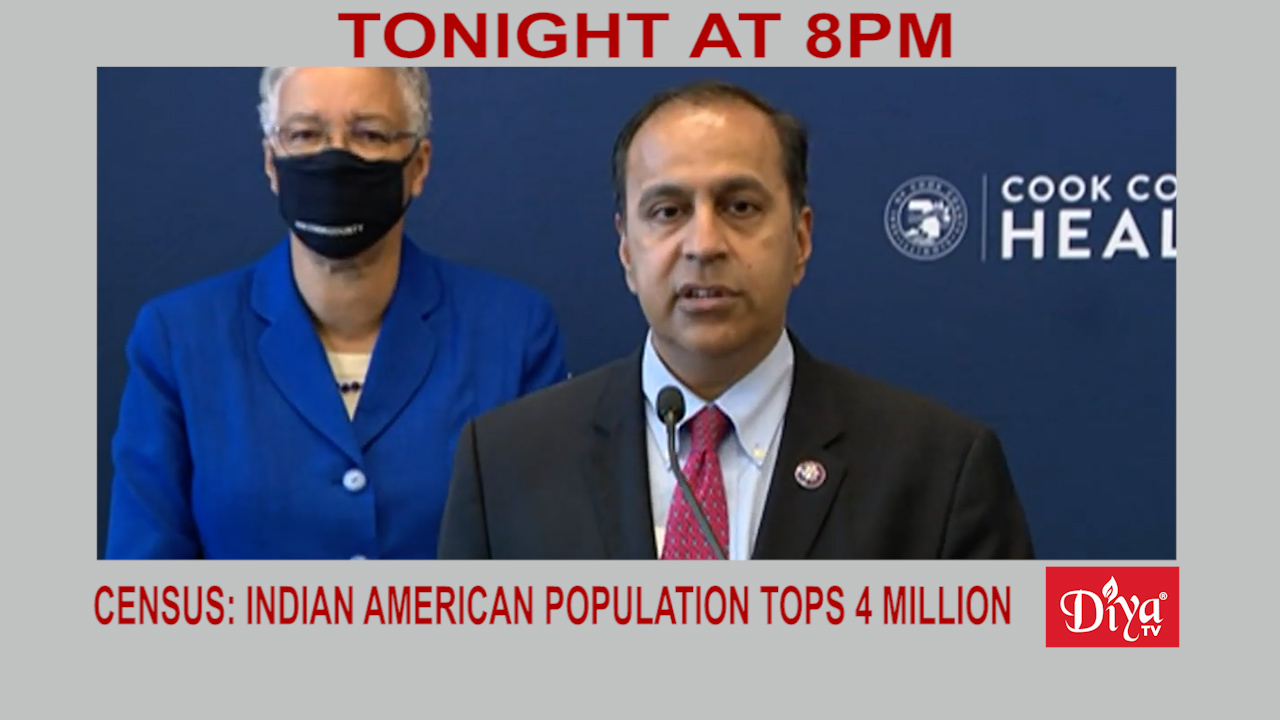WASHINGTON (Diya TV) — In a recent release from the U.S. Census Bureau, a comprehensive report sheds light on the evolving landscape of America’s foreign-born community. The data, gathered from the American Community Survey, paints a vivid picture of demographic shifts over the past twelve years, offering valuable insights into the nation’s evolving tapestry.
According to the report, a significant portion of the foreign-born population, totaling 46.2 million individuals in 2022, calls the United States home, representing nearly 14% of the total population. This population is not evenly distributed across the country, with over half residing in just four states: California, Texas, Florida, and New York.
Interestingly, while the sheer numbers of the foreign-born have swelled, their composition has undergone notable changes. In particular, individuals hailing from Latin America, historically a dominant presence, have seen a slight decline, while those from South America and Central America have surged. Similarly, the share of Asian and African-born residents has increased, reflecting broader global migration trends.
The report’s findings arrive against the backdrop of a national conversation centered on immigration, particularly in the context of the 2024 presidential race. With immigration emerging as a pivotal issue, the Biden administration grapples with the challenges posed by a surge in migrants at the Southwest border, further underscoring the relevance of the Census Bureau’s insights.
Notably, the report highlights the educational and citizenship profiles of the foreign-born population. Over two-thirds of this demographic hold at least a high school degree, marking a significant uptick in educational attainment over the past twelve years. Moreover, more than half are naturalized citizens, with European and Asian-born individuals leading the pack in citizenship rates.
The aging of the foreign-born population also merits attention, with the median age climbing to 46.7 years—an indication of their sustained presence and integration into American society over time.
While the report provides a comprehensive overview of the foreign-born population, it notably omits data on illegal immigration. Nonetheless, it offers a nuanced portrait of a vibrant and diverse community that continues to shape the social and economic fabric of the United States.




